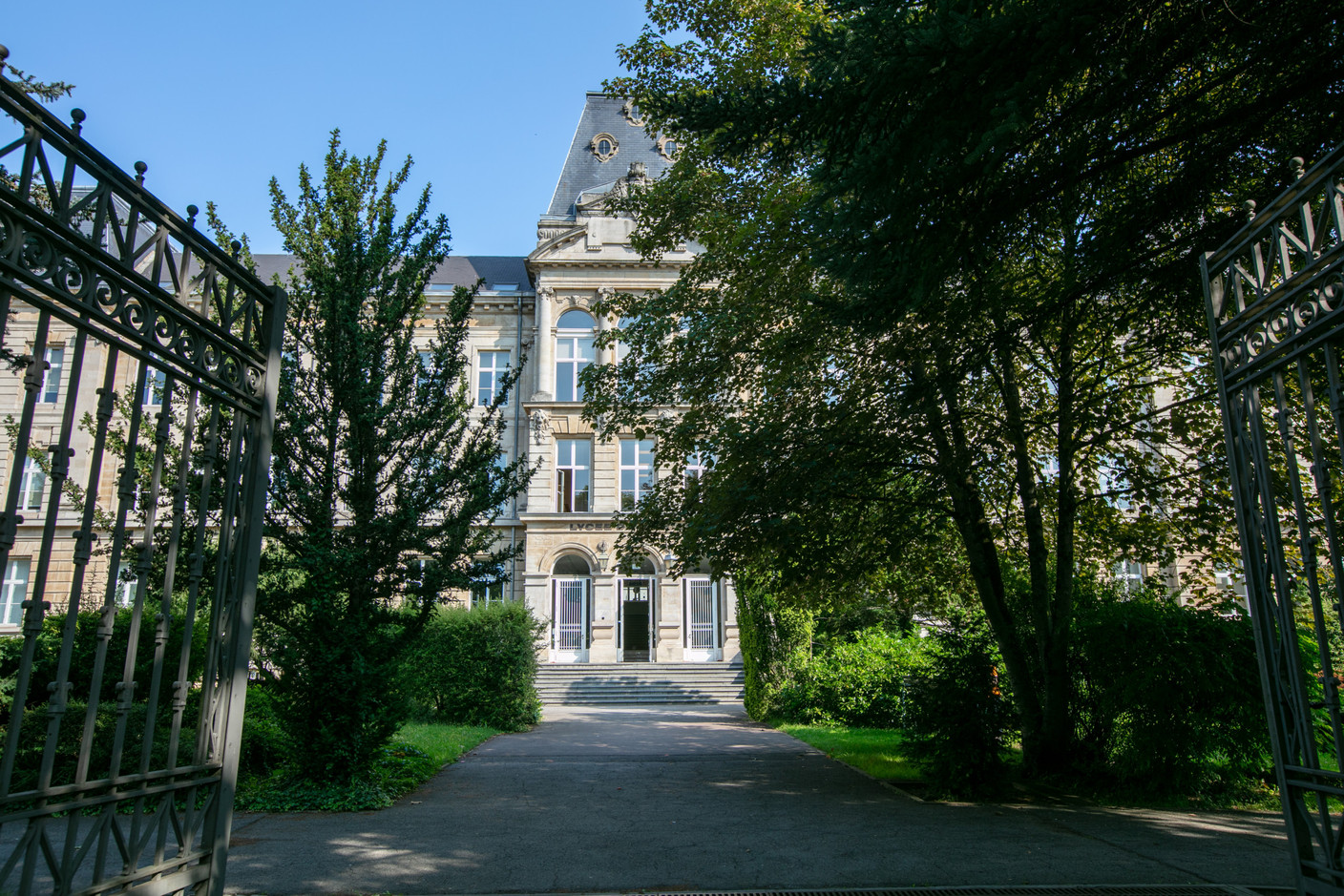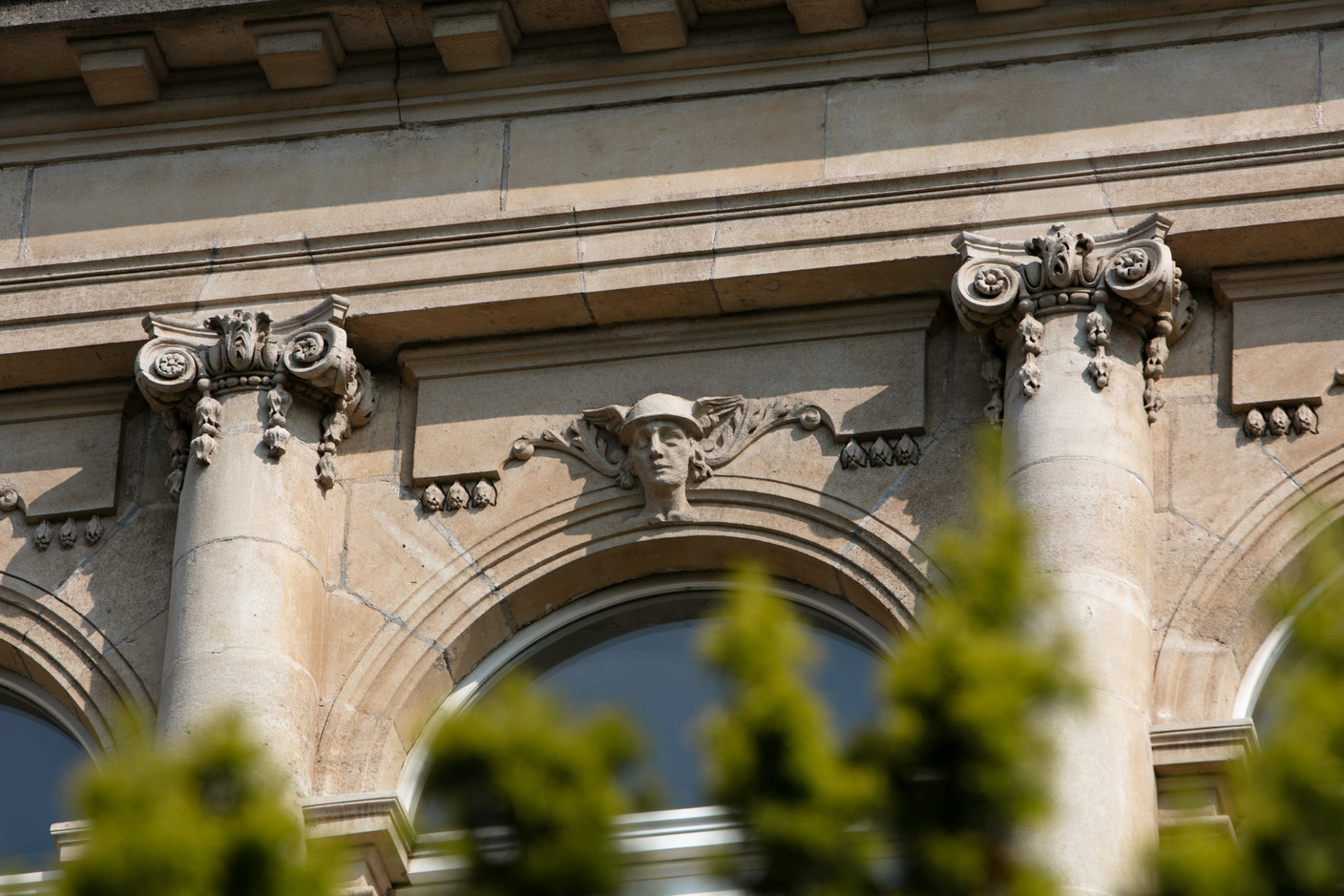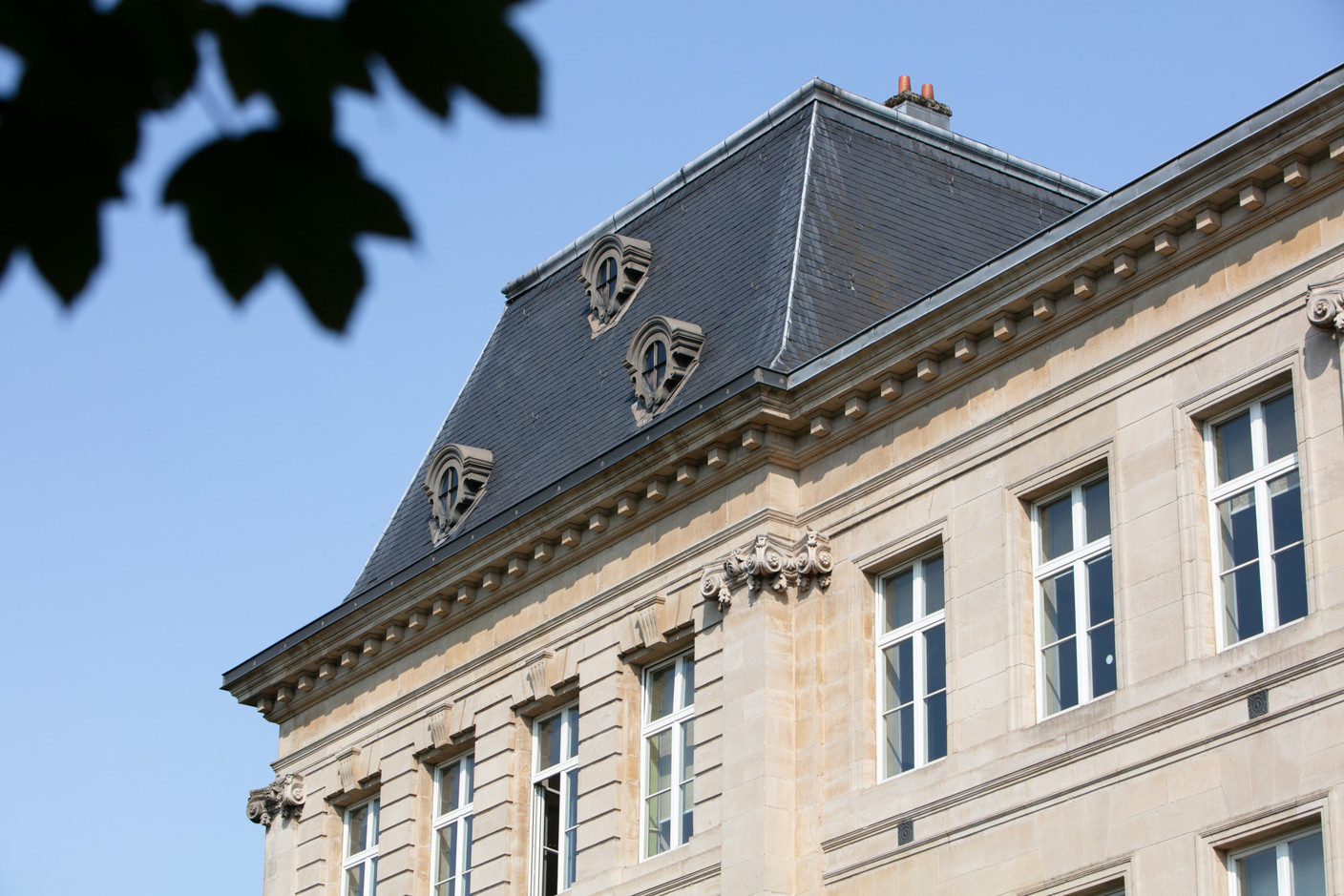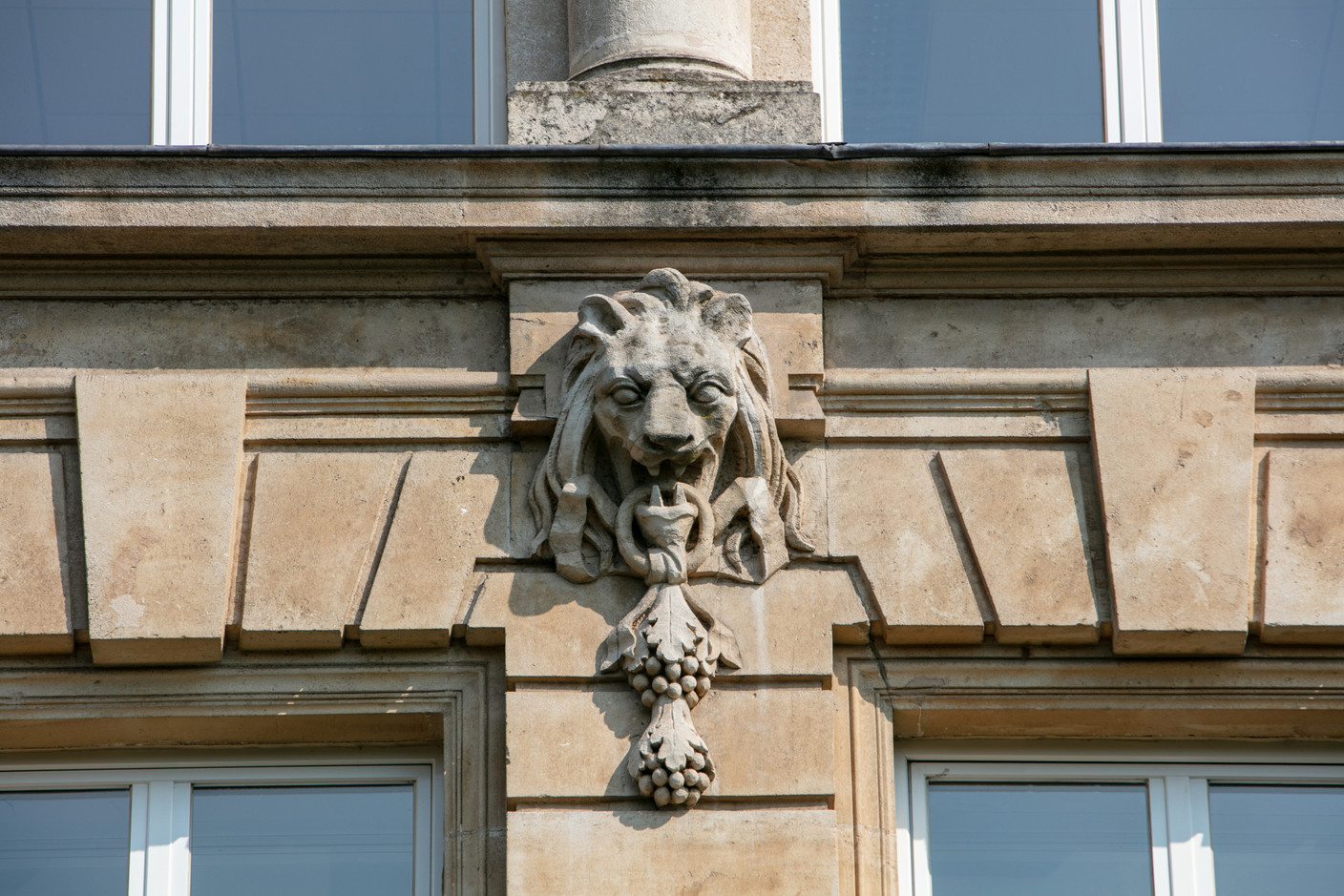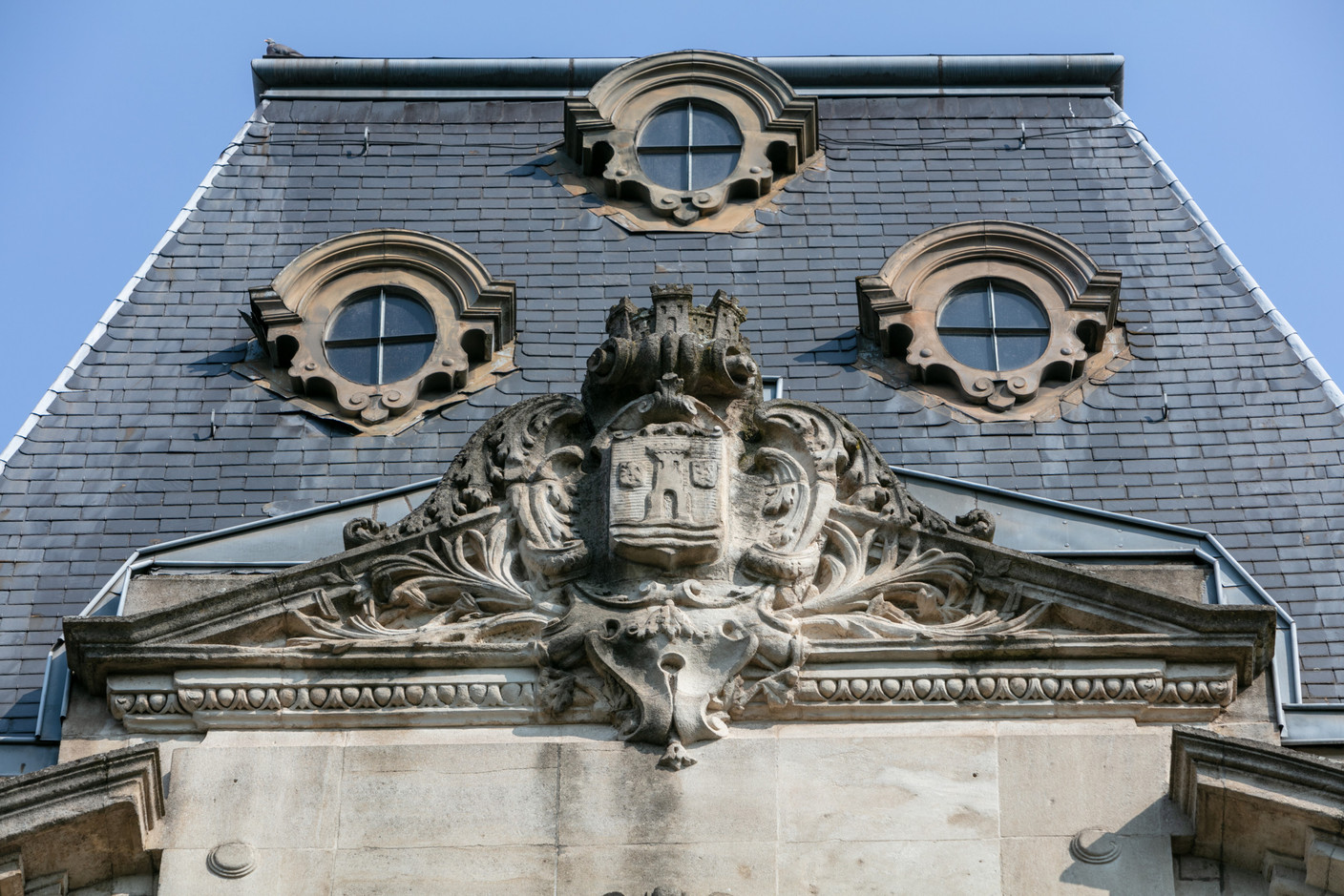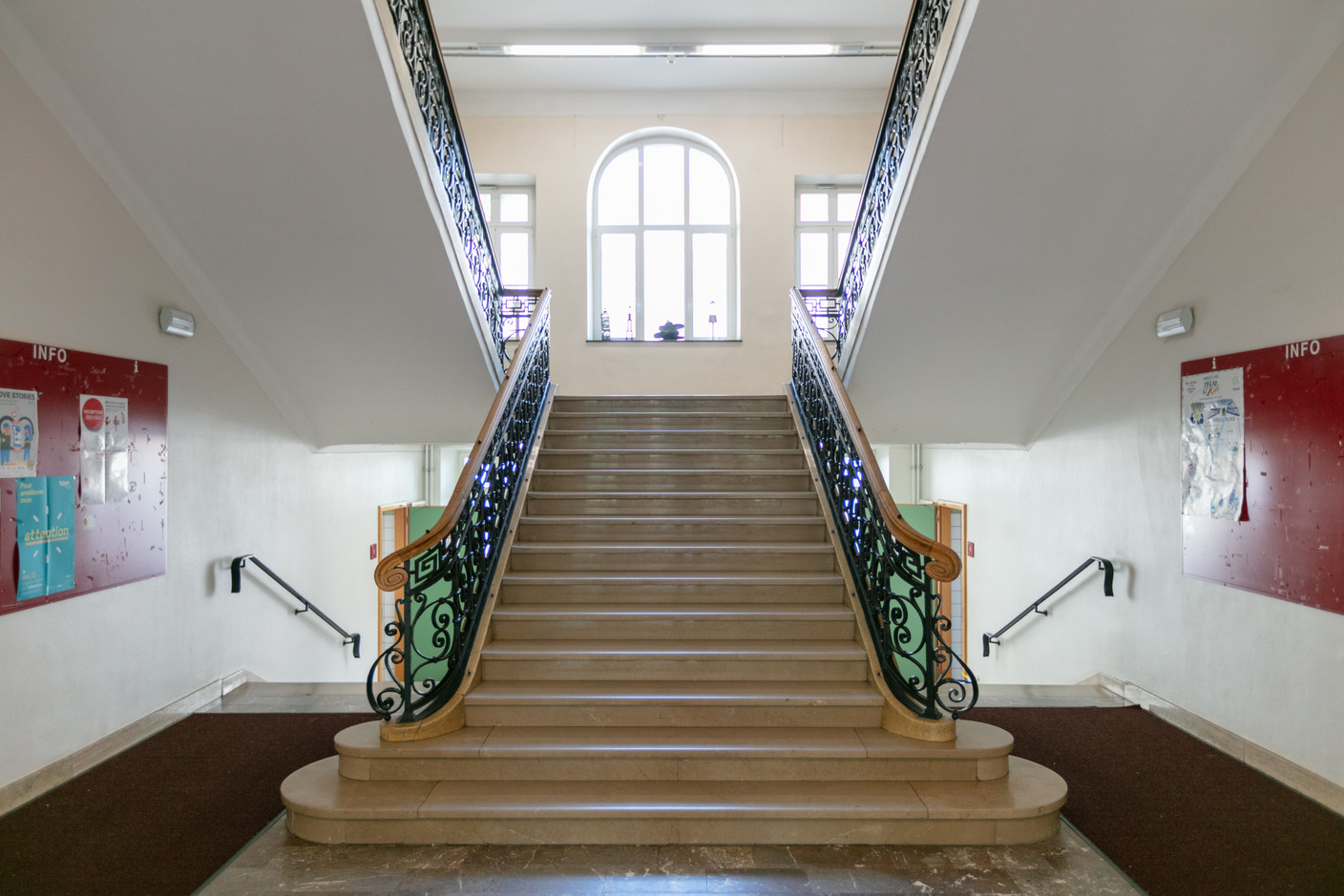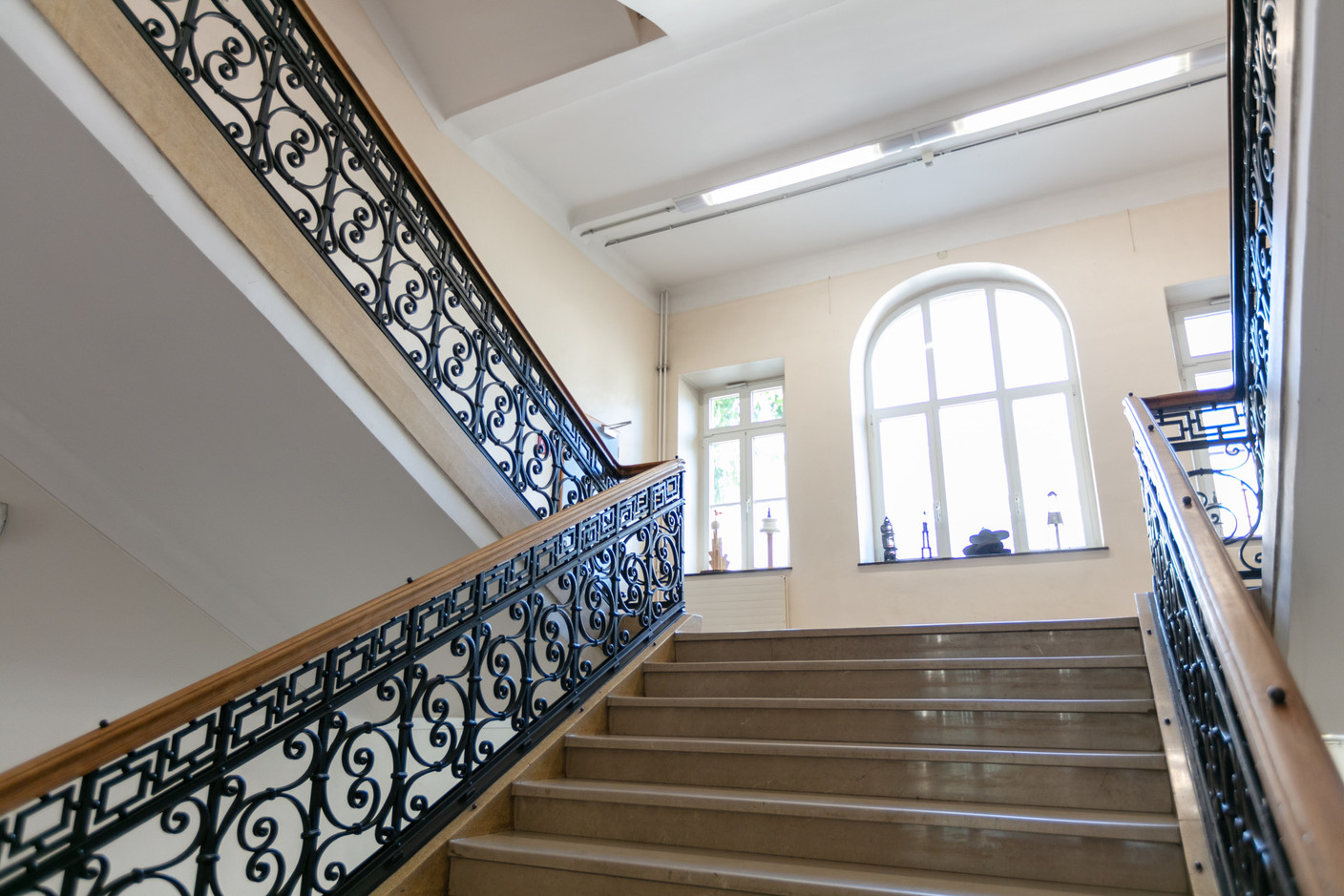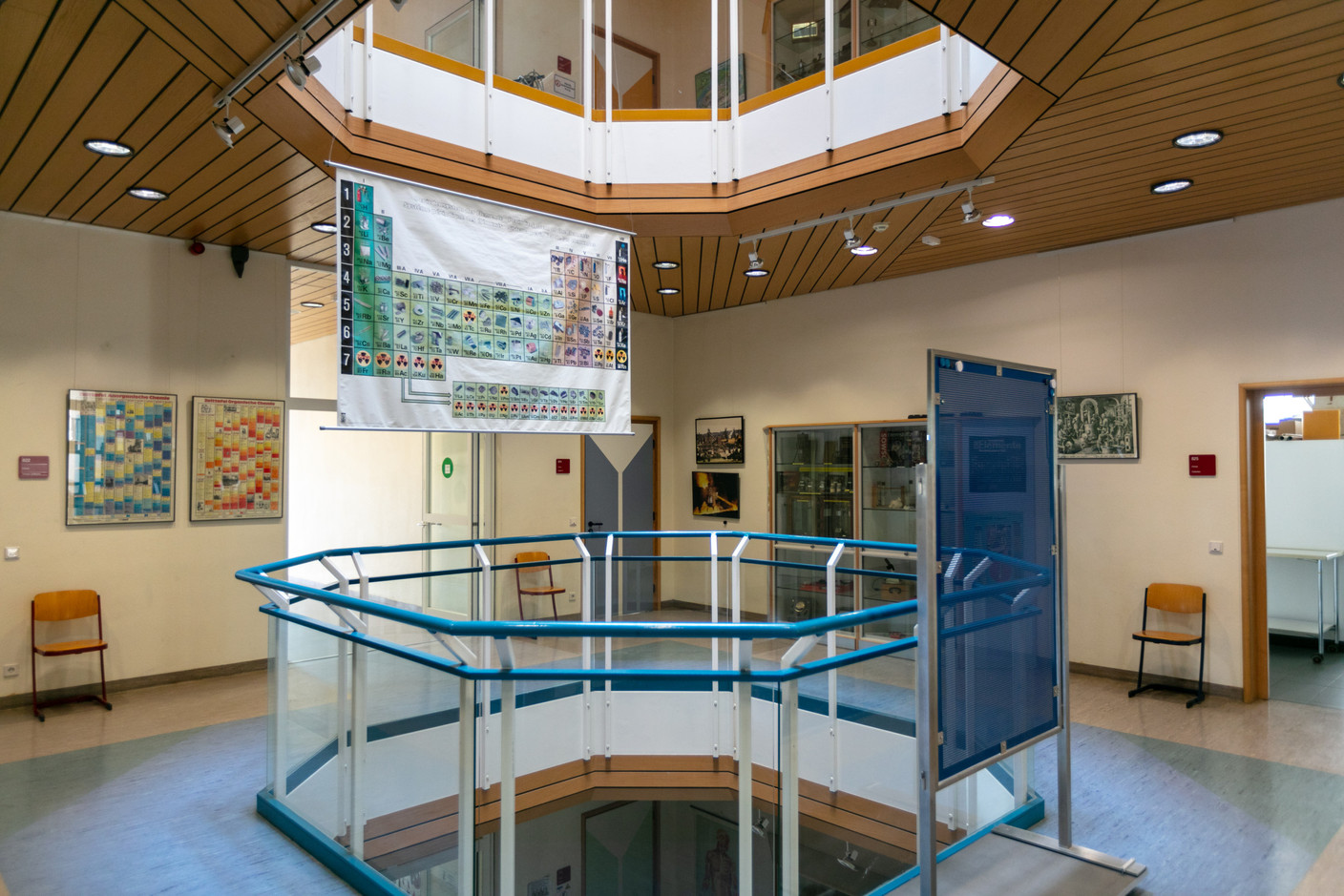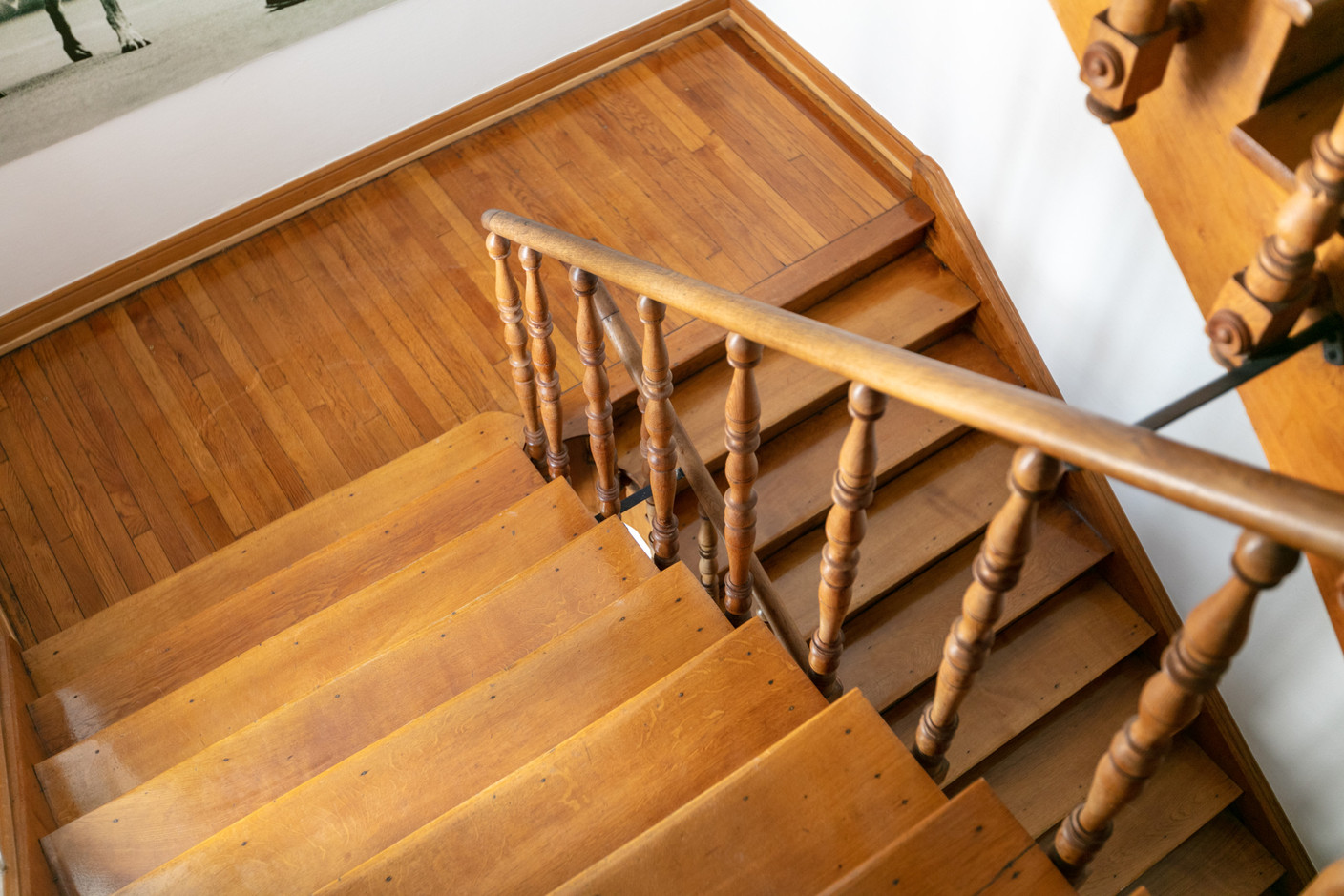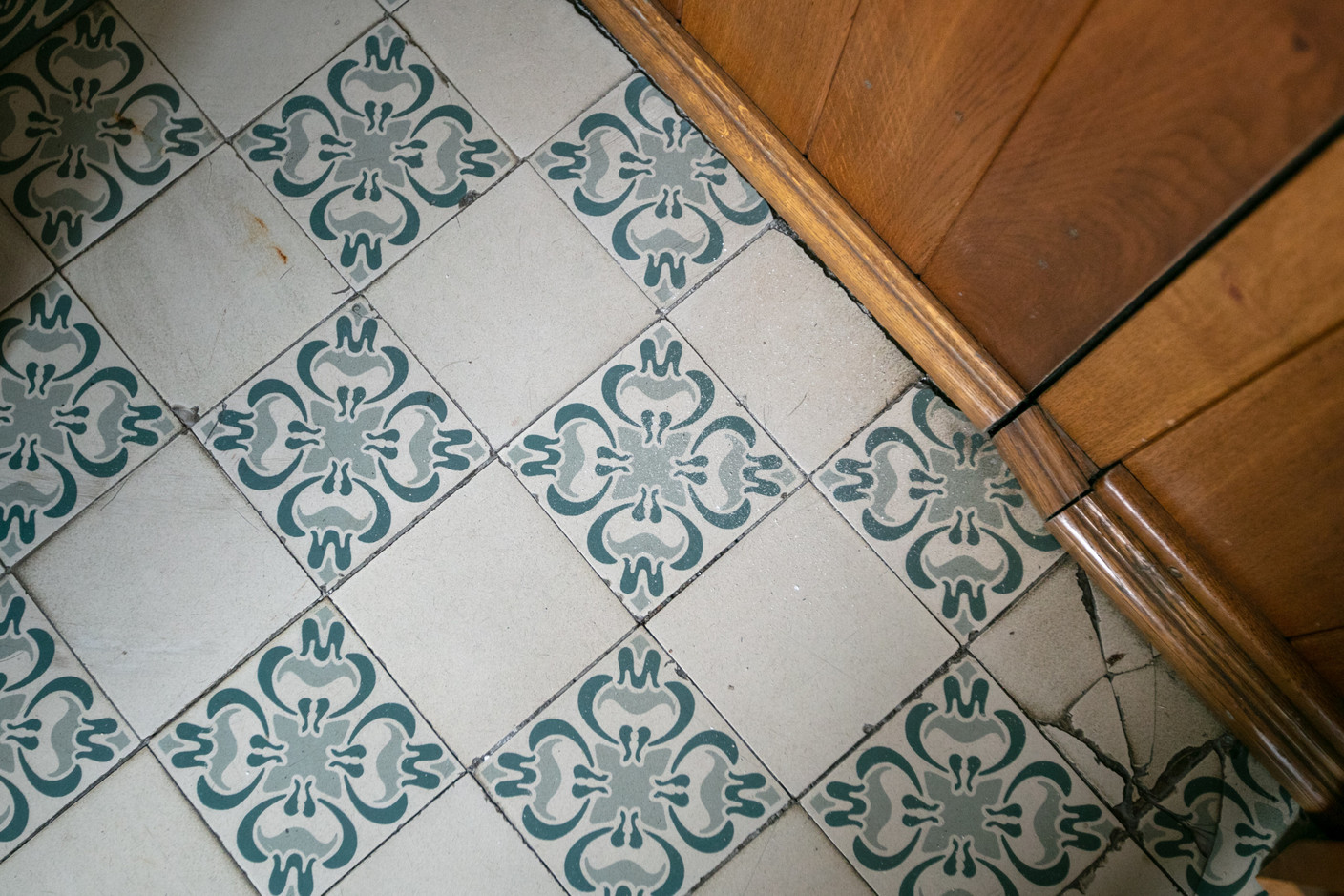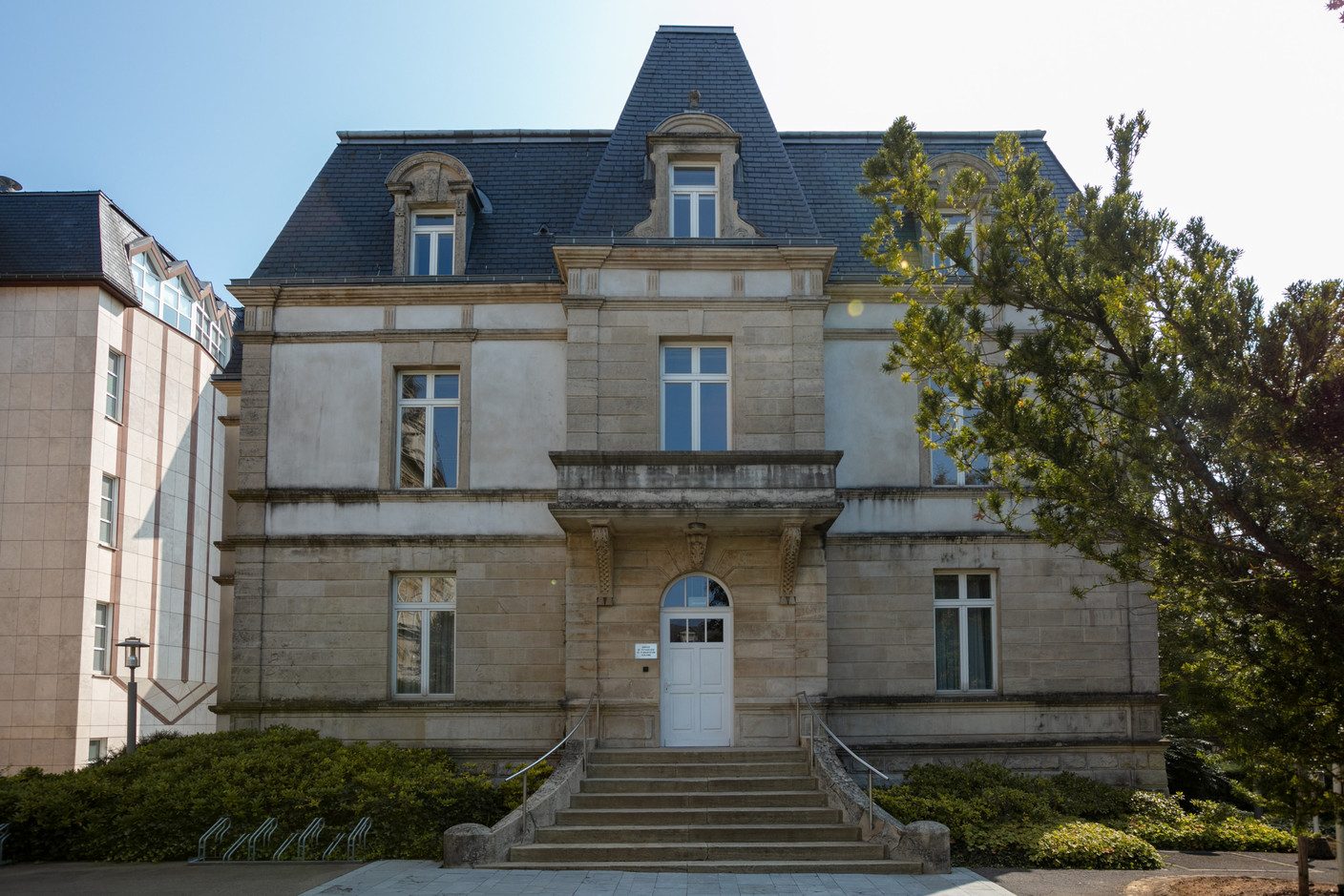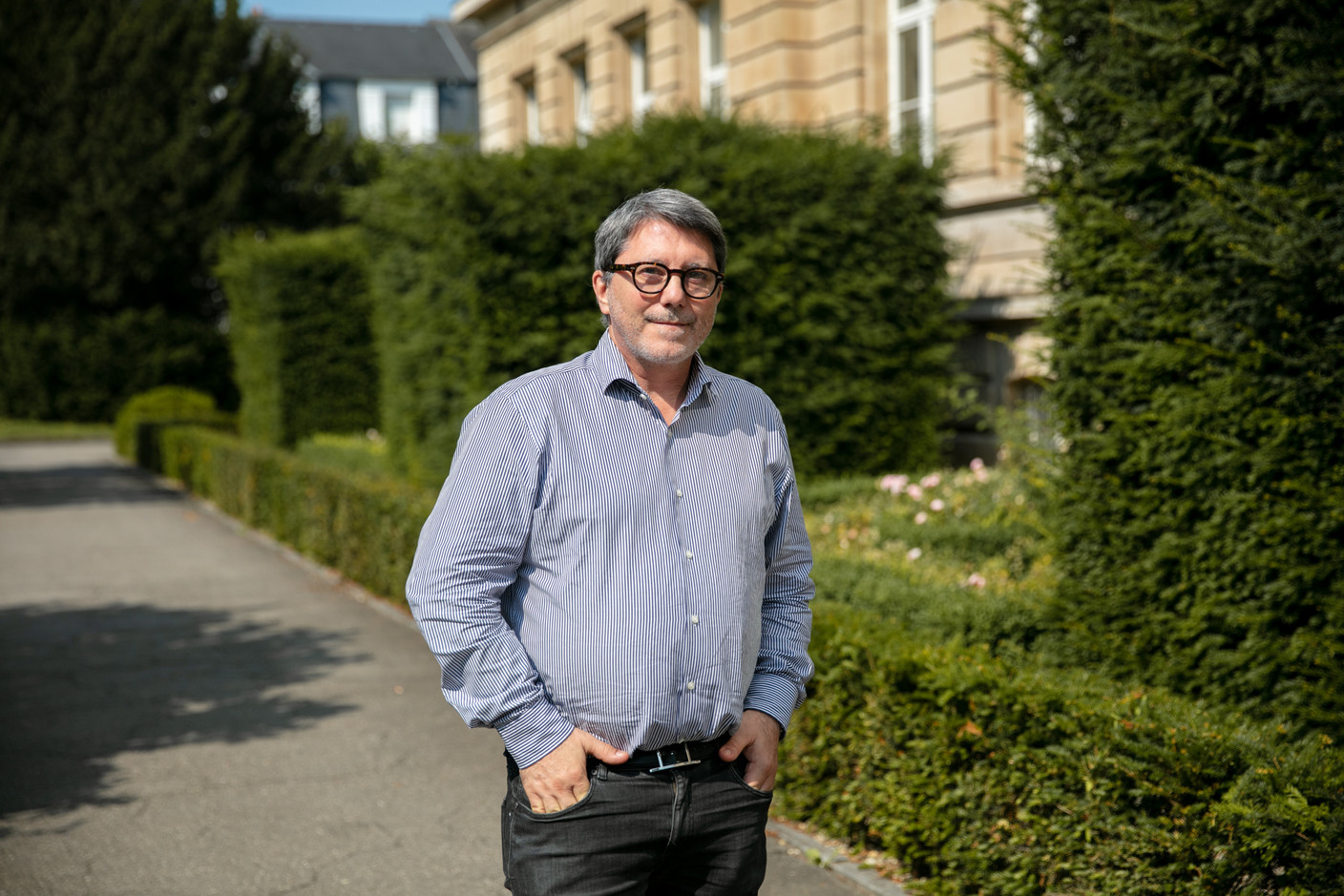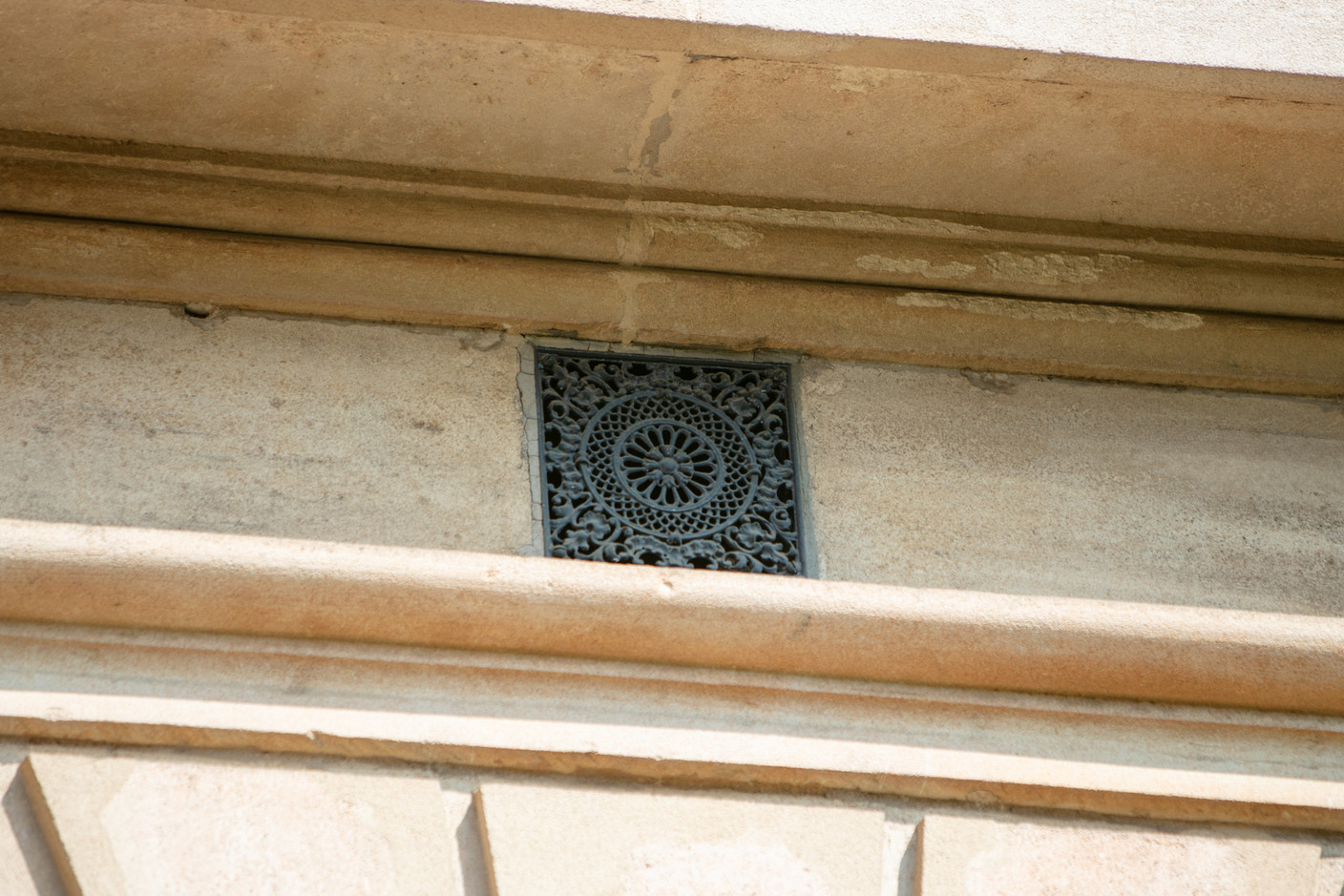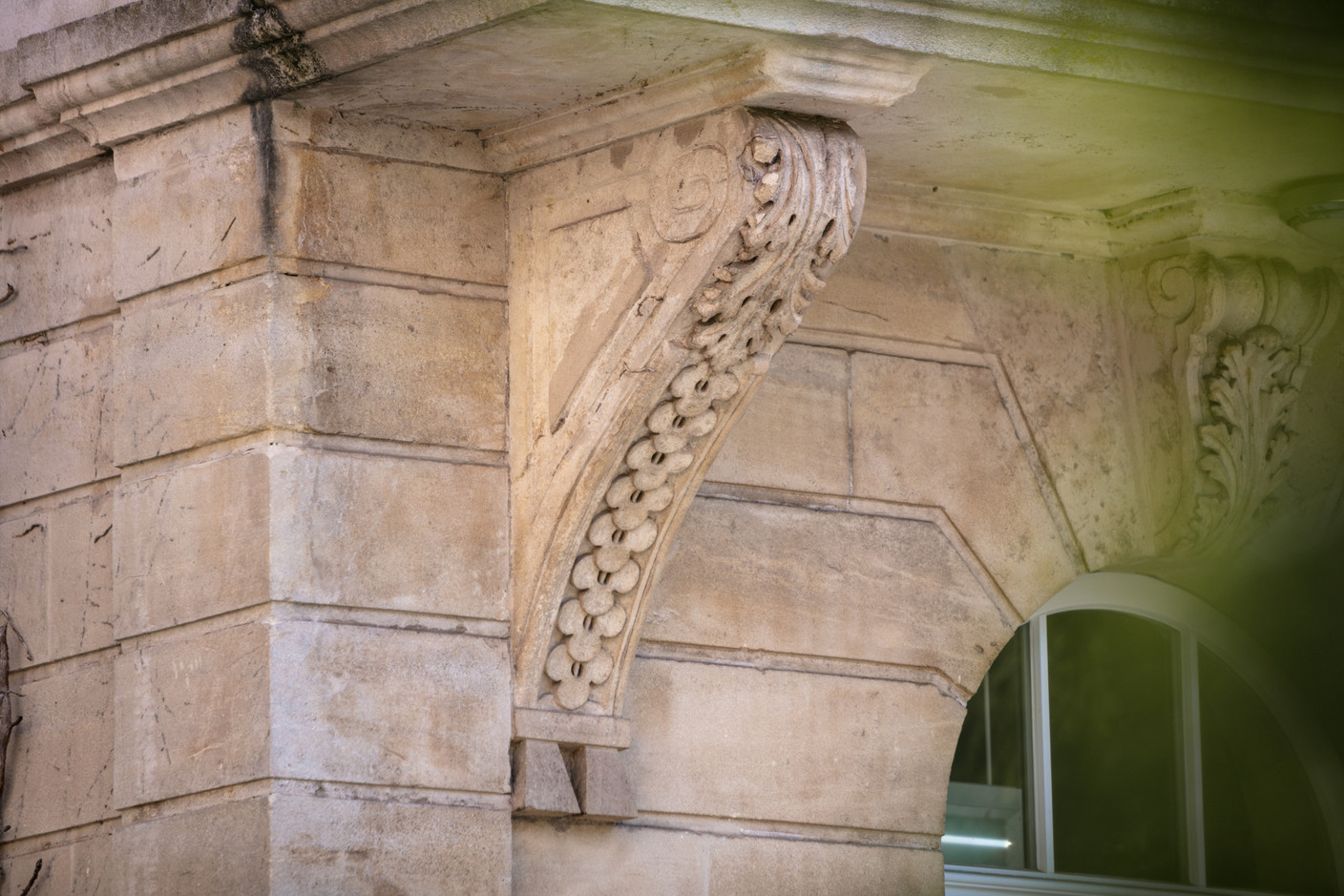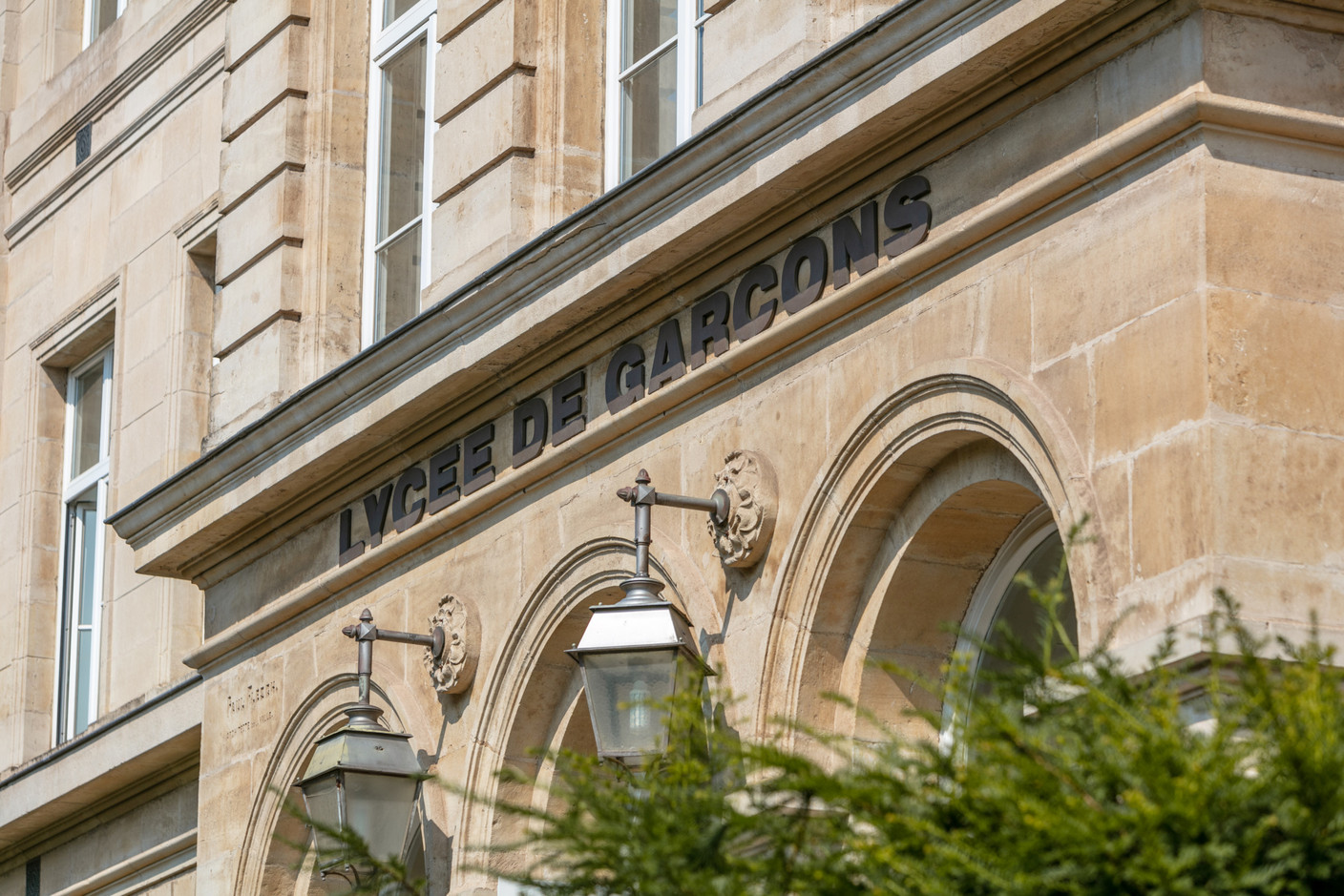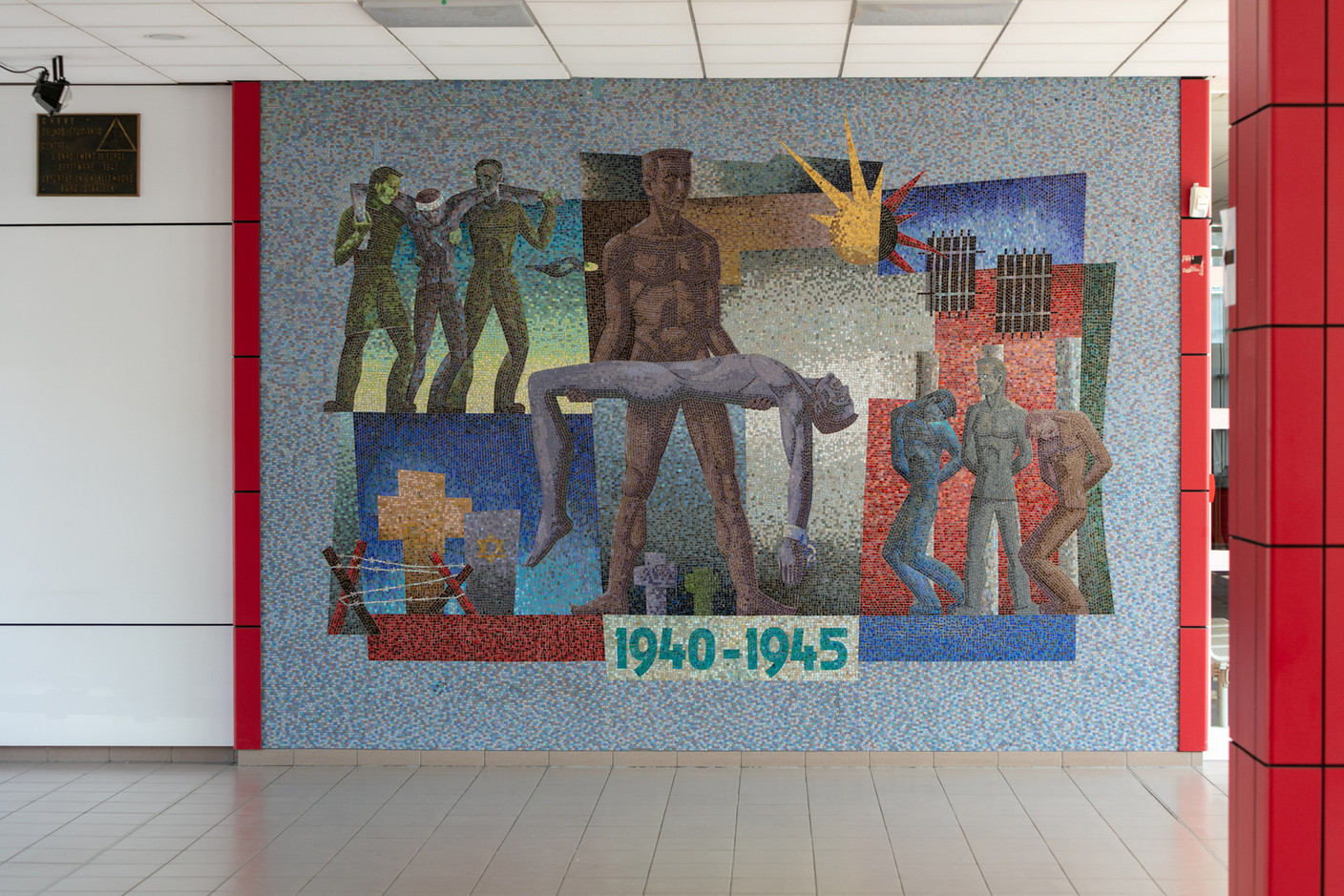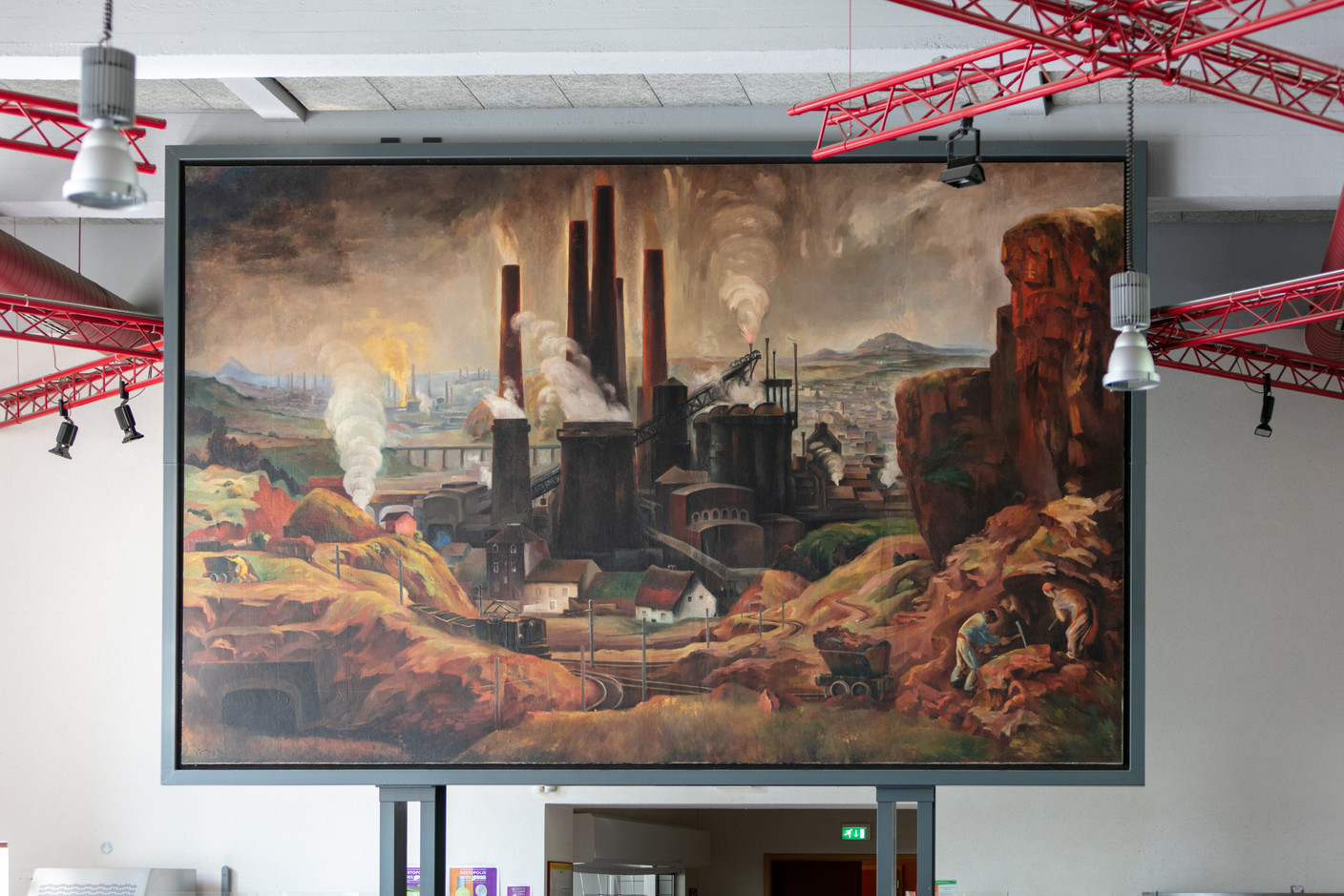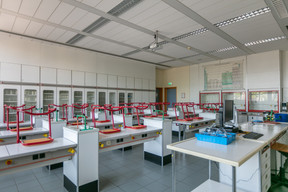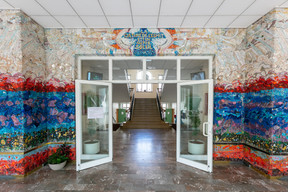At the beginning of the 20th century, Luxembourg counted only three secondary schools--in the capital, Diekirch and Echternach. With a growing steel industry in the south, local officials lobbied for an industrial school, which welcomed its first pupils in 1901 at a building in Rue de l’Alzette.
It wasn’t until 1909 that the school moved to its location in Rue du Fossé, where it remains today as the Lycée des Garçons. “For me, it’s one of the most beautiful buildings in Esch,” says the school’s principal Pascal Bermes. “I like the main entrance and the staircase the most. But I like all of the architecture.”
Tucked away behind a fence, the school sits in a small park on a residential street, easily missed by shoppers and diners heading to the city centre.
With its stone exterior and mansard roof, it resembles architectural icons like the former Arbed building on Avenue de la Liberté, which opened in 1922, or the Luxembourg City post office, dating to 1908 to 1910. The similarity to Esch-sur-Alzette’s city hall is less coincidental, as both buildings were designed by town architect Paul Flesch.
Consecutive renovations have changed little to nothing of the building’s exterior. But stepping inside, gone is the turn of the century charm as the school looks much like any other.
“We are always repairing something,” says Bermes. In two years’ time, works will begin to bring the building up to the latest health and safety standards. The director is also eyeing a more complete renovation of the interior.
Traces of the school’s historic character remain, such as the central staircase. A villa located on the grounds--formerly the home of the school’s principal--features old floor tiles and wooden stairs with period detail.
The school has grown over the years, with new wings added in 1965 and 1994. From 118 boys in 1901, the school’s population has grown to more than 1,100 pupils today. The first girls joined after a 1968 law abolished single-sex education in the public school system.
World war heritage
The Lycée des Garçons also bears witness to the Second World War and one of Luxembourg’s darkest chapters.
A mosaic honours the students who lost their lives during WW2. In addition to the forced conscription of teachers and pupils, 94 of the school’s students were arrested and deported to the Stahleck re-education camp in the wake of the 1942 general strike in opposition of the Nazi occupiers.
Foni Thissen, a teacher and artist who studied at the Ecole des Beaux-Arts in Paris and taught in Esch, created the mosaic. Thissen was deported to the Hinzert concentration camp after taking part in the 1942 strike. Another one of his works greets visitors at the school’s entrance.
A huge canvas by Luxembourg painter Harry Rabinger meanwhile hangs in the school’s cafeteria. He painted monumental works of the “Terres Rouges”--a nickname for the iron ore-rich south--for the 1937 World Exhibition in Paris and was a champion of expressionist art in Luxembourg.
Whether students appreciate the historic character of the building remains another matter. “If you’re a new lycée or have modernised, that’s where students go first, obviously,” says Bermes. Student numbers fluctuate between the Lycée des Garçons and the nearby Lycée Hubert Clément, depending on who upgraded their facilities most recently, Bermes says. “But the students who come here like the place.”

